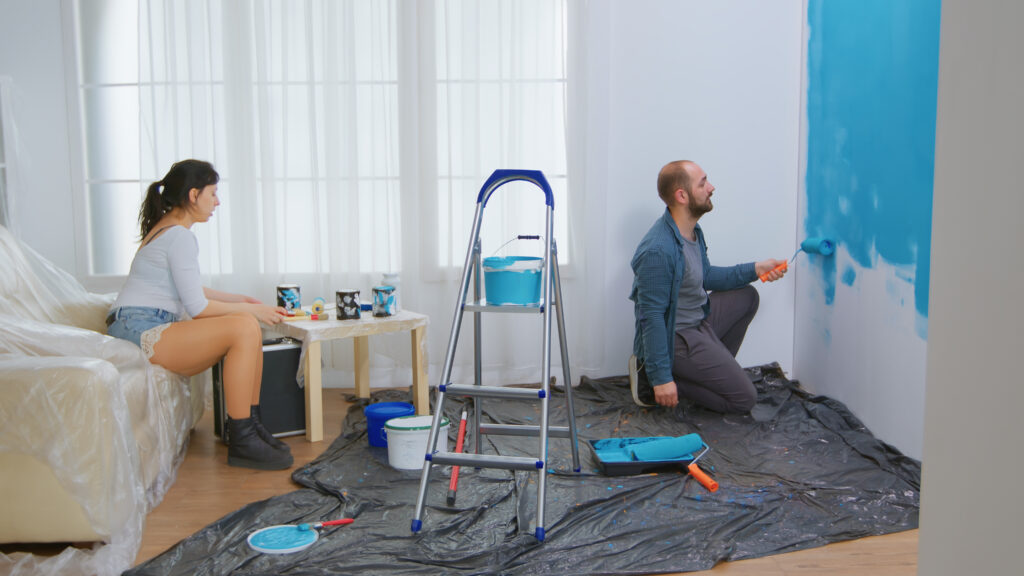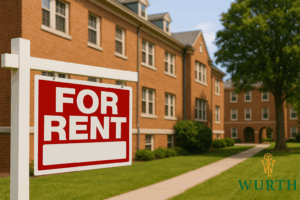
You put time into prepping your property, posting your listing, and responding to inquiries, but still, the right tenants are not signing. You get polite no-shows, dropped conversations, or vague responses. It feels like something is missing, but you are not sure what.
What many landlords do not realize is that attracting quality tenants is not just about price or square footage. It is about how people feel during the process. A tenant’s impression of you, your property, and your systems forms early and sticks.
This article looks at the most common reasons good tenants quietly walk away. These are not dramatic failures. They are small moments that send the wrong message and push strong applicants toward a competitor.
The Real Cost of Missed Opportunities
Every week your property sits empty costs money. The rent you are not collecting still has to cover your mortgage, insurance, and maintenance. Vacancy loss adds up fast and eats into your cash flow.
There is also the hidden cost of turnover. Cleaning, painting, repairs, and showing the property again all require time and money. The longer it takes to secure a tenant, the more likely you are to make compromises out of urgency.
When good tenants walk away early in the process, it often means something in your system is not working. Identifying the weak point could save you thousands in the long run.
Understanding the Renter’s Perspective
Tenants are stressed when searching for a new place. They are juggling deadlines, moving logistics, and the anxiety of unknowns. Anything that makes them feel unsure about your listing becomes a reason to look elsewhere.
Renters today are smart and cautious. They check online reviews, compare listings, and read between the lines in your communication. A lack of clarity around expectations or policies signals risk, and renters will avoid properties that feel unpredictable. Many are specifically looking for landlords who are transparent about screening, respectful in communication, and responsive when issues arise, which are among the top priorities when choosing a rental.
If your goal is to attract responsible tenants who stay long-term, you need to understand what they are looking for. Trust, clarity, and efficiency are what help you stand out in a competitive market.
Timing and First Impressions Matter
Renters move fast. They scroll through dozens of listings in a single session. If your photos are dark, your description is thin, or your rent amount is unclear, you may never get a second glance.
Tenants form impressions quickly and emotionally. They imagine themselves in the space before contacting you. Listings with clean, professional visuals and accurate details make that step easier. Many landlords in the Gulf South now use virtual tours and walkthroughs to help renters make decisions with confidence.
A strong listing earns trust before the showing. It signals that the landlord is organized, transparent, and respectful of the renter’s time.
Clarity Builds Confidence
Renters do not want to feel like they are walking into a trap. If your screening criteria are unclear or if you are vague about fees, deposits, or timelines, people assume the worst and move on.
Good screening protects your property, but it should also invite the right people to apply. Share income requirements, pet rules, and application steps early on. Clear tenant screening practices reduce misunderstandings and show professionalism.
A little transparency builds credibility. It tells tenants they can expect a landlord who follows through and plays fair.

Convenience Is Now the Standard
Tenants expect convenience. They want to apply online, sign electronically, and set up payments digitally. If your process still involves printing forms or mailing checks, it creates friction and signals outdated management.
The easier it is to move through your process, the more likely tenants are to follow through. Digital leasing tools can speed up everything from applications to lease renewals, and they reduce the risk of drop-offs.
Offering a modern, flexible experience makes your property more attractive and shows that you care about the tenant experience.
Communication Reflects Management Style
How you communicate during the leasing process tells tenants what kind of landlord you are. If you reply slowly, cancel showings, or offer incomplete answers, renters assume they cannot rely on you.
Strong communication builds peace of mind. Even simple updates like confirming appointments or answering questions in full help tenants feel respected. Landlords who prioritize transparency tend to see longer tenancies and better relationships overall.
Responsiveness is not just about politeness. It is about showing tenants you will be there when it matters.

Small Details Send Big Signals
The condition of your property on the showing day matters. If the unit is dirty, smells musty, or has broken fixtures, tenants assume that is a preview of their future experience.
You do not need a full renovation. Just make sure lights work, surfaces are clean, and basic repairs are handled. Small upgrades can go a long way in signaling care and quality.
People want to feel proud of where they live. If your property does not feel move-in ready, you are handing them a reason to walk away.
Renters Spot Red Flags Quickly
While you are evaluating potential tenants, they are evaluating you too. If your policies are inconsistent, your attitude is dismissive, or your lease is confusing, tenants notice.
It only takes one red flag to send a renter elsewhere. Common management red flags include things like unclear boundaries, poor organization, or visible frustration.
Good tenants are looking for professionalism. If they sense chaos or disinterest, they will keep looking no matter how great the unit is.
The Move-In Process Sets the Tone
Securing a lease is not the finish line. The move-in process is when tenants decide whether they made the right choice. A smooth, friendly start increases your chances of long-term satisfaction.
Make sure the unit is spotless, keys are ready, and instructions are clear. Communicate any final steps and provide quick responses to questions. Reducing tenant churn starts with how well you handle the first few days.
When tenants feel welcomed and respected, they are more likely to treat your property with care and renew their lease down the line.
Good Tenants Stay Where They Feel Valued
Retention is not just about rent price or lease terms. It is about the full experience. Good tenants stay when they feel seen, heard, and treated with respect.
Many Gulf South landlords are shifting focus from turnover to long-term relationships. Prioritizing retention means building systems that keep tenants happy from day one.
It is not just smart; it is sustainable. Fewer vacancies mean less stress, a more stable income, and a better reputation in the community.
Frequently Asked Questions
Q: What turns good tenants away during the rental process?
A: Common deal-breakers include vague listings, poor communication, outdated processes, and units that feel uncared for during showings. Tenants notice the small things and often base their decision on how they are treated early on.
Q: What is the most important part of attracting good tenants?
A: A clean, well-presented property combined with clear communication and a modern, convenient leasing process makes the strongest impression. These factors build trust and make renters more likely to commit.
Q: How do I improve my chances of getting applications from qualified renters?
A: Be transparent about your expectations and make the application process simple and digital. Respond quickly to questions and provide detailed, professional photos and descriptions in your listing.
Q: What if I lose a good tenant despite doing everything right?
A: Sometimes tenants move for reasons beyond your control, like a job change or buying a home. If you maintain professionalism and respect, they may recommend your property to others or return in the future.
Q: How can I make the move-in experience smoother for tenants?
A: Ensure the unit is fully clean and repaired, provide clear move-in instructions, and check in after they arrive. A positive move-in experience is one of the best ways to reduce early dissatisfaction and turnover.






